NASA Tracks Chelyabinsk Meteorite Dust in the Atmosphere
Our planet is no stranger to meteorites. Take a look in the Moon and see what has been erased from the surface of the Earth by tectonic movements. Evolution of life took many sharp turns because of catastrophic impacts. On February 15, 2013 a meteor weighing 10,000 metric tons exploded only 23km above the city of Chelyabinsk in Russia. The so called airburst event created a very strong ultrasound that was picked up by listening stations established to monitor nuclear […]

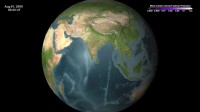

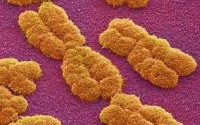
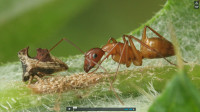

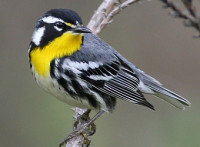
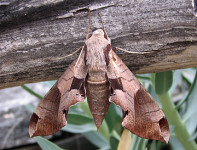
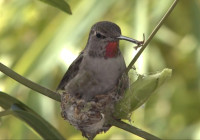
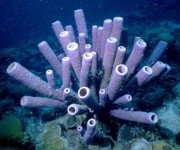
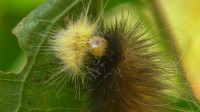
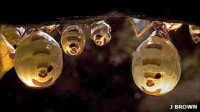

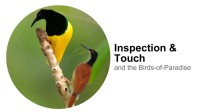

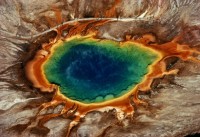

Recent Comments